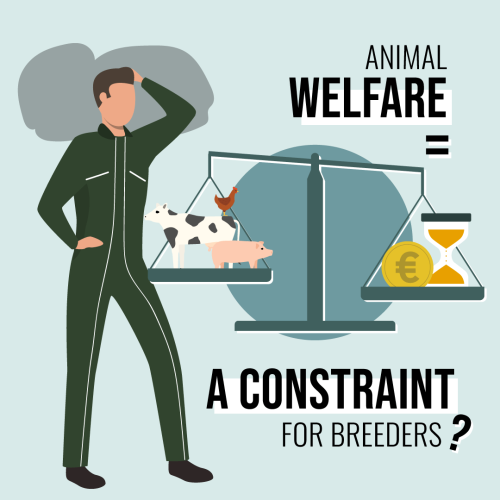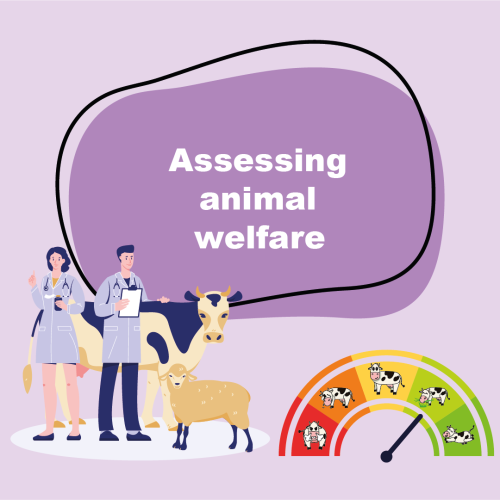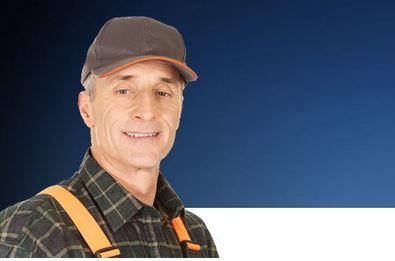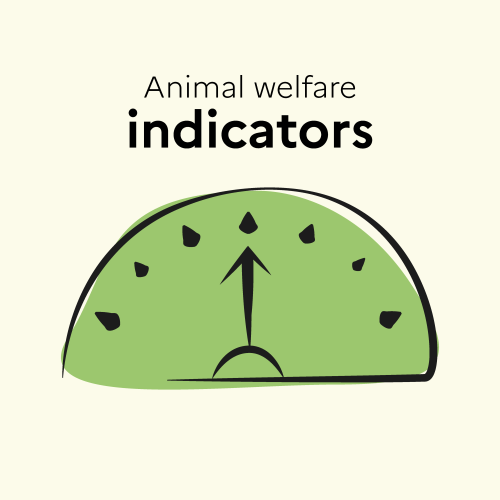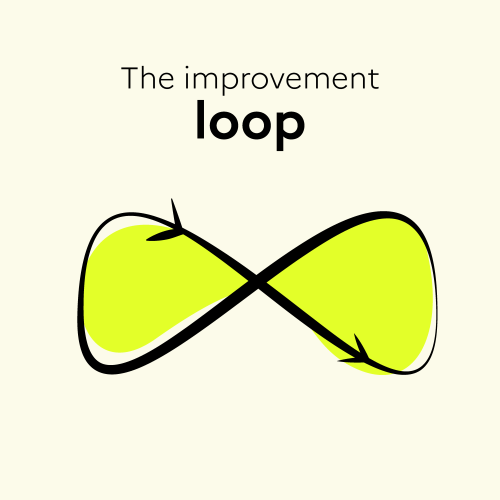
Once you’ve assessed animal welfare using specific indicators, it’s important to detail the steps you need to take to effectively improve it!
Luc Mounier, Head of the Chaire Bien-être animal, tells you all about it!
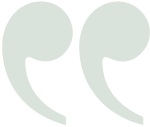
It’s important that these solutions are well accepted by the farmer […] so we have to take into account both the animals’ welfare and the farmer’s welfare and work together, so that we can really have a virtuous circle.

LUC MOUNIER
Keep in mind
- We assess an animal's welfare with the aim of improving it, which requires a process that goes from assessment to improvement.
- After assessment, the most deteriorated criteria and the risk factors responsible for the deterioration in animal welfare are highlighted
- We then propose pragmatic solutions to the farmer to improve the welfare of his animals, before reassessing the impact of their implementation.
Key Figure
4
steps to effectively improve animal welfare

It’s important that these solutions are well accepted by the farmer […] so we have to take into account both the animals’ welfare and the farmer’s welfare and work together, so that we can really have a virtuous circle.

LUC MOUNIER

